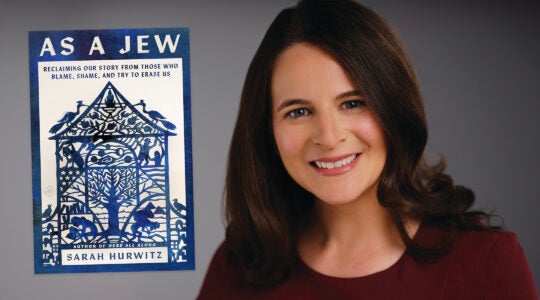In his column, “Understanding Journalism In The Age Of ‘Fake News’” (June 2), Gary Rosenblatt cited his “more than four decades in Jewish journalism” as part of the justification for defending facts as they are currently presented in the age of Donald Trump. As a veteran of more than six decades on both sides of the journalistic table, I applaud Rosenblatt’s recognition of “journalists who cite their sources” but am surprised, therefore, that he apparently justifies basing his “opinion” pieces on counteracting what today has often been called “fake news.”
As I learned while earning a master of science degree at the Columbia University Graduate School of Journalism many years ago, the basis of any news story is attribution. It is attribution that is missing in the stories currently coming out of Washington today. Otherwise reputable newspapers, both in New York City and Washington, most often cite “unnamed sources” that are identified as “close to the scene” or are “reliably informed” as the basis for a supposedly factual news article that is designed to leave an undetected impression on the reader dictated by editorial “opinion” rather than factual news.
The key that is often missing today is attribution, which was a guideline through those six decades serving both as a journalist identifying the attributor or as the one to whom the attribution was credited. The question with news stories today is: “According to whom?”
Riverdale, Bronx
The New York Jewish Week brings you the stories behind the headlines, keeping you connected to Jewish life in New York. Help sustain the reporting you trust by donating today.




